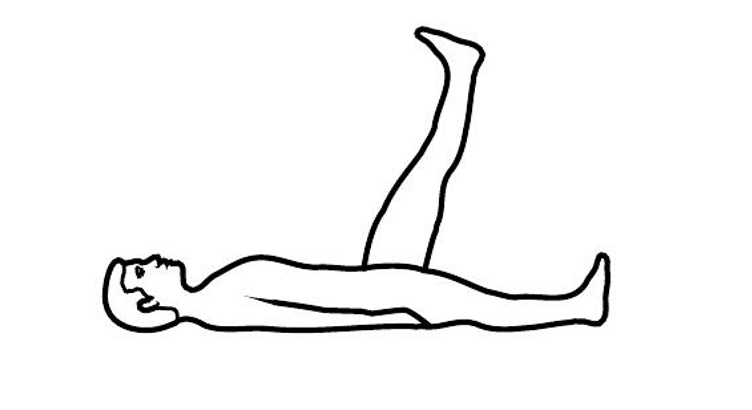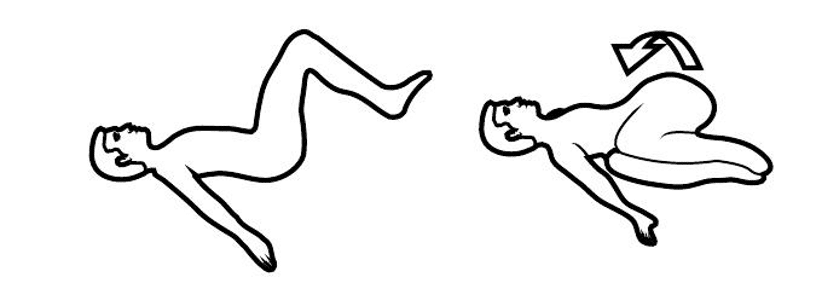One sunny afternoon, while I was sipping coffee at the local café, I noticed Ethan, a retired carpenter and a familiar face in the neighborhood, walking gingerly with his hand on his lower back. Concerned, I approached him, and he sighed, “It’s this nagging back pain again. I’ve tried resting, but nothing seems to help.”
“Ethan,” I began, “rest can help in the short term, but for chronic back pain, targeted exercises are the key. Let me show you a few that have worked wonders for my patients.”
Why Are Lower Back Exercises Important?
The muscles supporting the spine play a critical role in maintaining posture, balance, and overall mobility. Weak muscles can contribute to chronic lower back pain and increase the risk of injury. By strengthening the abdominal and spinal muscles, you can reduce pain and improve quality of life.
According to research published in the Journal of Physical Therapy Science, consistent lower back exercises can decrease back pain severity by up to 50% within three months.
Guidelines for Lower Back Exercises
Before starting any exercise routine, it’s important to follow these guidelines:
- Perform the exercises on a padded or well-carpeted floor.
- Do them at least twice a day for no less than 5 minutes at a time.
- Rest between each exercise.
- Do not strain. If an exercise causes discomfort, stop immediately.
- Swimming is an ideal exercise for back health, as it strengthens the muscles without putting stress on the joints.
Exercise 1: Back Arch
The back arch is a gentle stretch that helps improve spinal flexibility.
- Stand up straight, feet pointing directly forward.
- Place your hands on the small of your back.
- Breathe in deeply, then slowly arch your back, supporting it with your hands.
- Hold for 5 seconds, then return to a neutral position.
- Repeat five times.

This exercise helps alleviate stiffness and improve posture.
Exercise 2: Knee-to-Chest Raise
This exercise stretches the lower back and relieves tension.
- Lie flat on your back with one leg up.
- Grasp the raised knee with both hands and gently pull it toward your chest.
- Hold for 5 seconds, then lower your leg.
- Repeat on the other side.

Tip: If you experience discomfort, try placing a pillow under your head for additional support.
Exercise 3: Straight-Leg Raise
This exercise strengthens the abdominal muscles, which support the lower back.
- Lie on your back with your legs straight.
- Raise one leg as high as you can without bending the knee.
- Hold for a moment, then slowly lower it.
- Repeat with the other leg.

This exercise can be done three to four times on each side.
Exercise 4: Straight-Leg Swing
The straight-leg swing improves hip mobility and reduces lower back stiffness.
- Lie on your back with your arms spread out for balance.
- Raise one leg as high as possible, keeping it straight.
- Swing the leg in an arc from one side to the other.
- Hold for 5 seconds, then repeat five times.

Tip: Focus on controlled movements to avoid straining the back.
Exercise 5: Pelvic Roll and One-Sided Stretch
This exercise enhances flexibility and reduces muscle tension.
- Lie on your back with your legs lifted together.
- Roll your legs from side to side, holding each position for 5 seconds.
- To deepen the stretch, bend one leg and turn your head to the opposite side.

Splinting the Lumbar Spine
To protect the lumbar spine during exercise:
- Lie face-up with one hand under your neck and your knees bent.
- Press your lumbar region into the floor by engaging your abdominal muscles.
The Role of Core Strength
Building core strength is essential for preventing lower back pain. The core muscles, including the abdominals, back muscles, and pelvis, provide stability and reduce the risk of injury.
According to a study in the European Spine Journal, individuals who participated in core-strengthening exercises experienced a significant reduction in lower back pain compared to those who did not.
FAQs About Lower Back Exercises
What are the best exercises for lower back pain?
Back arch, knee-to-chest raise, straight-leg raise, straight-leg swing, and pelvic roll are effective exercises for strengthening the lower back.
How often should I do lower back exercises?
It is recommended to perform lower back exercises at least twice a day for optimal results. Consistency is key to improving strength and reducing pain.
Can lower back exercises prevent future injuries?
Yes, strengthening the muscles that support the spine can reduce the risk of future injuries by improving stability and posture.
Are lower back exercises suitable for everyone?
Most exercises are safe for all age groups. However, individuals with pre-existing conditions should consult a healthcare professional before starting any new exercise routine.
Can I do lower back exercises if I have a herniated disc?
It is important to seek medical advice before performing any exercises if you have a herniated disc. Some exercises may need to be modified to avoid aggravating the condition.
What should I avoid when doing lower back exercises?
Avoid exercises that cause sharp pain or discomfort. Focus on controlled movements and gradually increase intensity as your strength improves


